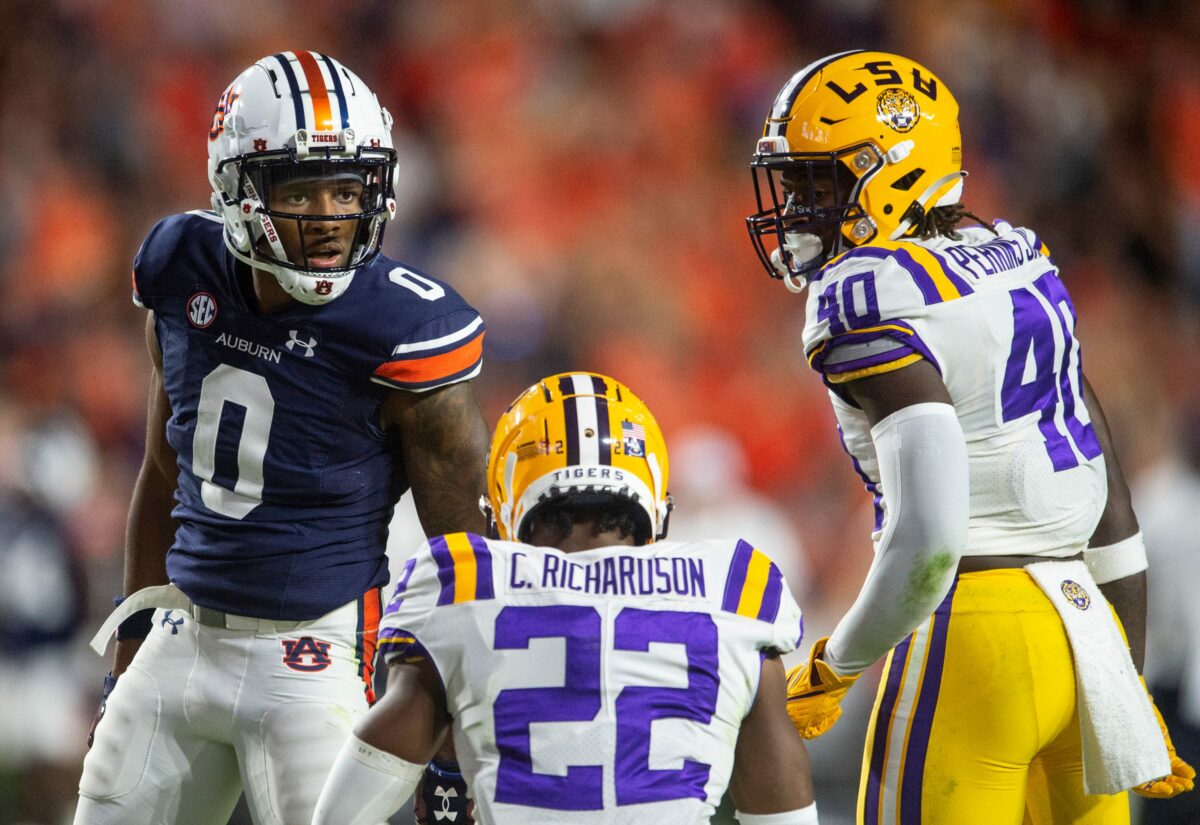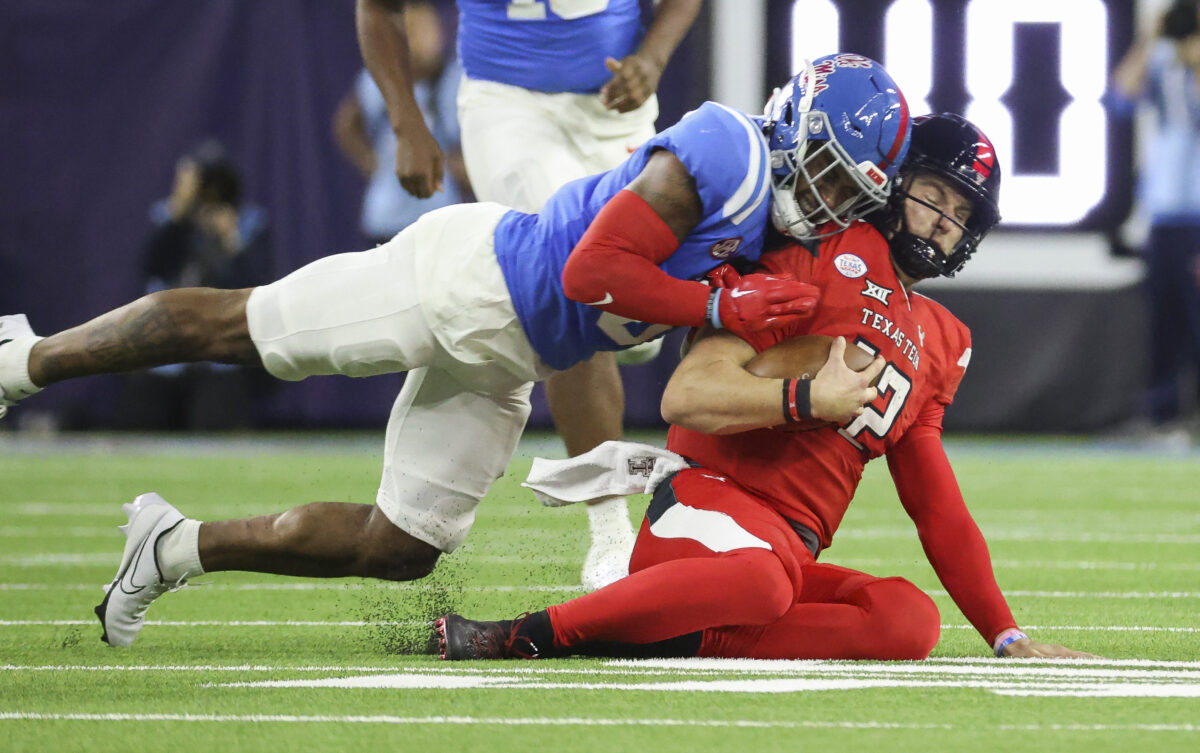Athletes can display messages of support for social justice causes on their uniforms.
The NCAA Playing Rules Oversight Panel has voted to allow student-athletes in all sports to wear patches on their uniforms for commemorative and memorial purposes, as well as to support social justice issues.
Currently commemorative patches are banned in a number of NCAA sports, while others don’t address the issue in their rule books.
The move comes as a number of professional sports leagues in America have allowed athletes to wear special messages on their uniforms to honor the current social justice movement in the country.
The following is from a release from the NCAA regarding patch placement, subject, and size:
“Panel members, who met by videoconference last week, reaffirmed and expanded existing rules, which will now allow student-athletes two places on the uniform, one on the front and one on the back, to express support and voice their opinions.
“The patch on the front, which most sports already allowed, as authorized by the school or conference, may be a commemorative/memorial patch (names, mascots, nicknames, logos and marks) intended to celebrate or memorialize people, events or other causes.
“The patch must not exceed 2¼ square inches and must be placed on the front or sleeve of the uniform. While not all team members are required to wear the patch, they must be identical for those who choose to wear them.
“The second location is on the back of the uniform where the player name is traditionally located and, as authorized by the school or conference, will allow names/words intended to celebrate or memorialize people, events or other causes. The names or words may vary by team member.”
Elsewhere with the Playing Rules Oversight Panel, the sideline box in football has been extended from between the 25-yard lines to between the 15-yard lines to help with social distancing. Also, coin tosses will be restricted to two officials and one captain from each team.
In soccer a player ejected for spitting on an opponent will be suspended for two games, up from one game and in volleyball the teams will no longer switch benches.
[lawrence-auto-related count=3 category=1362]









